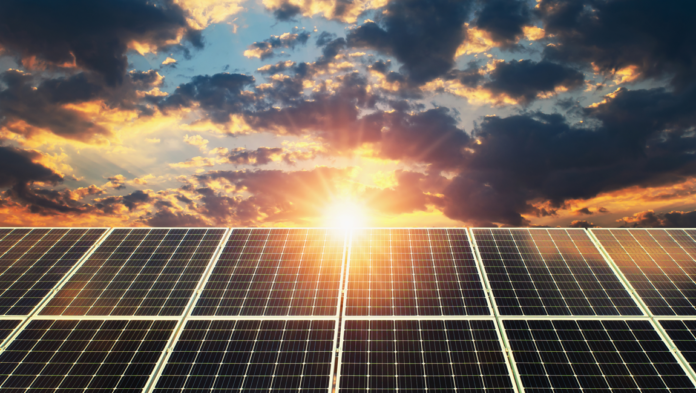Nigeria’s energy landscape is marked by frequent blackouts and a struggling national grid, forcing millions to seek reliable alternatives for powering homes and businesses.
For many Nigerians, the daily reality of intermittent electricity isn’t just inconvenient, it hinders economic growth, disrupts education, and affects healthcare delivery. In this context, exploring alternative energy sources has become a priority for resilience and progress.
As the country faces these persistent energy challenges, there’s a growing shift towards cleaner, renewable power options that reduce reliance on fossil fuels. From utilizing abundant sunlight to tapping into the kinetic power of rivers, Nigeria has untapped potential in renewable energy sources that can provide more consistent and sustainable solutions. Here are ten alternative power sources for Nigerians:

1. Solar Power
With an average of seven hours of sunlight daily, Nigeria is well-positioned for solar energy use. Solar panels are a clean, sustainable option that can provide consistent power, especially in areas with strong sunlight exposure.
2. Wind Power
Nigeria’s coastal regions experience sufficient wind speeds suitable for wind turbines, which can generate electricity efficiently and complement other renewable energy sources.
3. Hydroelectric Power
The country’s numerous rivers and streams make hydroelectric power a valuable option. Small to medium hydro projects can reduce reliance on fossil fuels while providing steady electricity, especially in rural areas.
4. Micro-Hydro Power
Utilizing small-scale hydroelectric systems, micro-hydro power captures energy from low-velocity water flows, providing an adaptable and efficient solution for remote areas.
5. Biomass Energy
Biomass power involves converting organic waste into electricity, a process that offers a sustainable alternative to traditional energy sources and helps manage waste.
6. Geothermal Energy
Nigeria’s geothermal resources, though less explored, offer significant potential for renewable and reliable power generation by tapping into heat from the Earth.
7. Kinetic Energy
Harnessing energy from moving water bodies, such as rivers and oceans, or even traffic flow, can provide an innovative approach to generating electricity, especially in urban settings.
8. Thermoelectric Power
This technology converts waste heat from industrial processes, engines, or even body heat into electricity, turning unused energy into a power source.
9. Piezoelectric Power
By using piezoelectric materials, this method generates electricity from vibrations, movements, or pressure, making it suitable for urban centres with high foot traffic.
10. Animal-Powered Generators
In rural areas, animal-powered generators convert the movement of animals, like oxen or donkeys, into rotational energy similar to a bicycle pedal mechanism, which can power simple devices.




